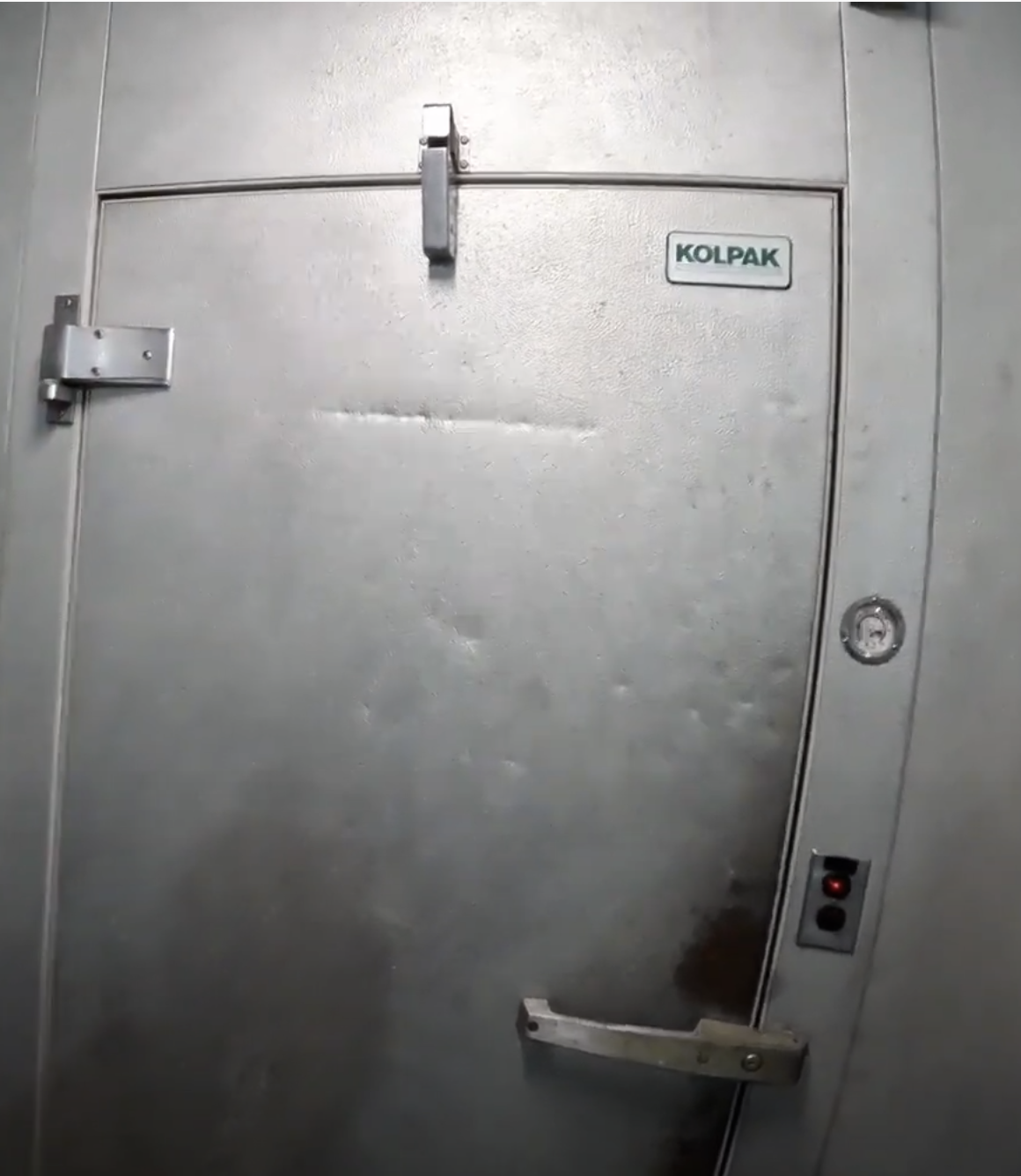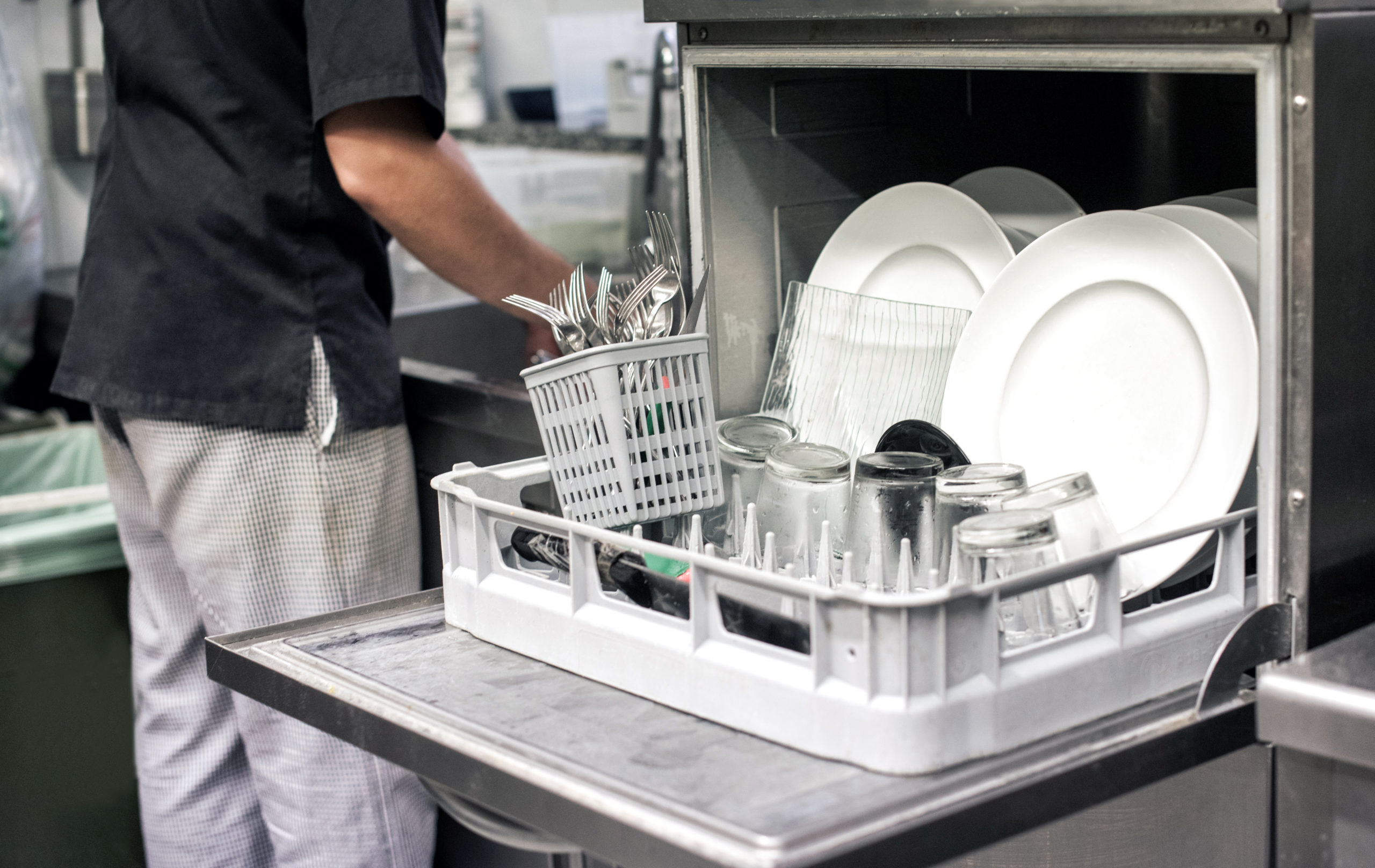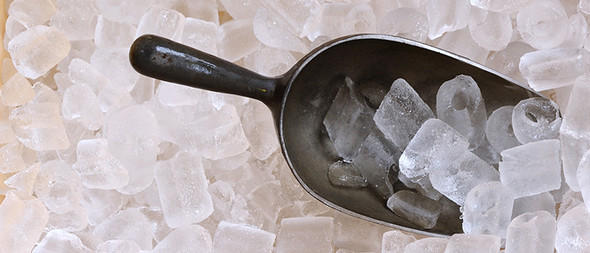
Did you ever wonder how a commercial ice machine can make so much ice in such a short amount of time? We have. In this article we’ll be going over what the refrigeration process is and how commercial ice machines work.
First, Let’s talk about the refrigeration process.
To understand how an ice machine works, we have to learn what happens in the refrigeration process. How we’ve been freezing water hasn’t changed for many years, other than the fact that commercial machines have more powerful compressors and a more efficient refrigeration process.
All refrigerators use a “refrigerant” or a gas that has very effective heat transfer when it changes its state. When the refrigerant passes through the compressor it raises the pressure and the temperature. The compressed gas gets forced through a condenser which is made of narrow tubes, converting the gas into a liquid. That liquid then enters the expansion chamber (or an evaporator). The liquid evaporates, turning back into a gas. Heat gets absorbed during evaporation, this process is what causes the cooling effect.
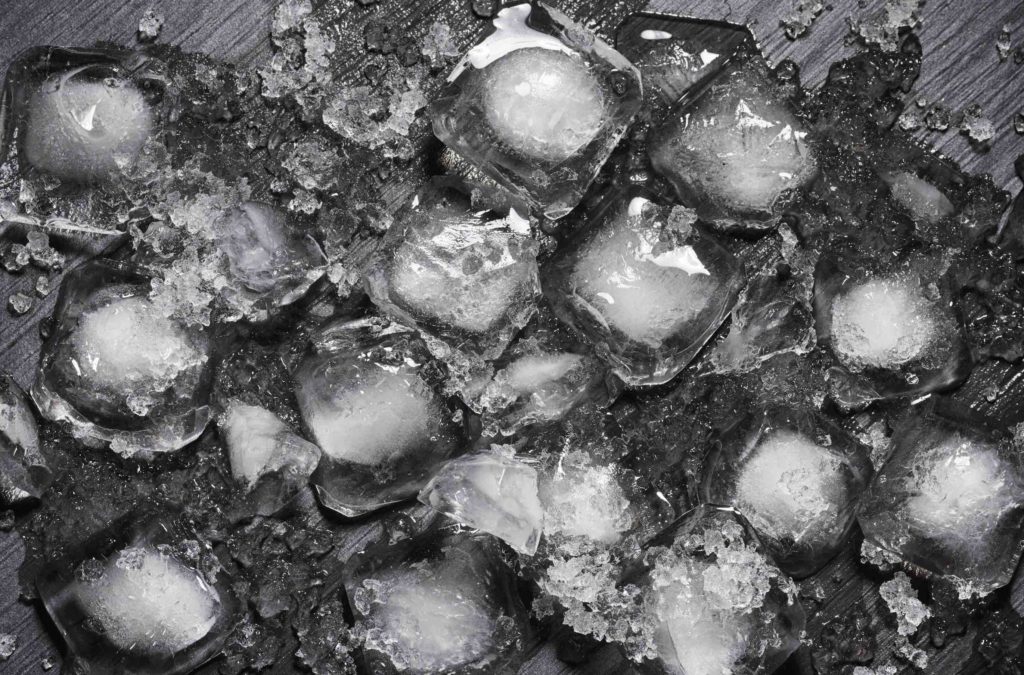
In commercial ice machines the evaporator directly cools the water as it fills the ice trays.
How ice gets made in commercial ice machines.
Like the refrigerator, the ice tray is connected to a set of coiled heat exchanging pipes. Through the refrigeration process the ice tray is chilled. The ice maker pumps water from a collection sump and slowly pours it over the ice tray. This gradually freezes the water in layers making clear ice. If you freeze the water all at once it makes cloudy ice.
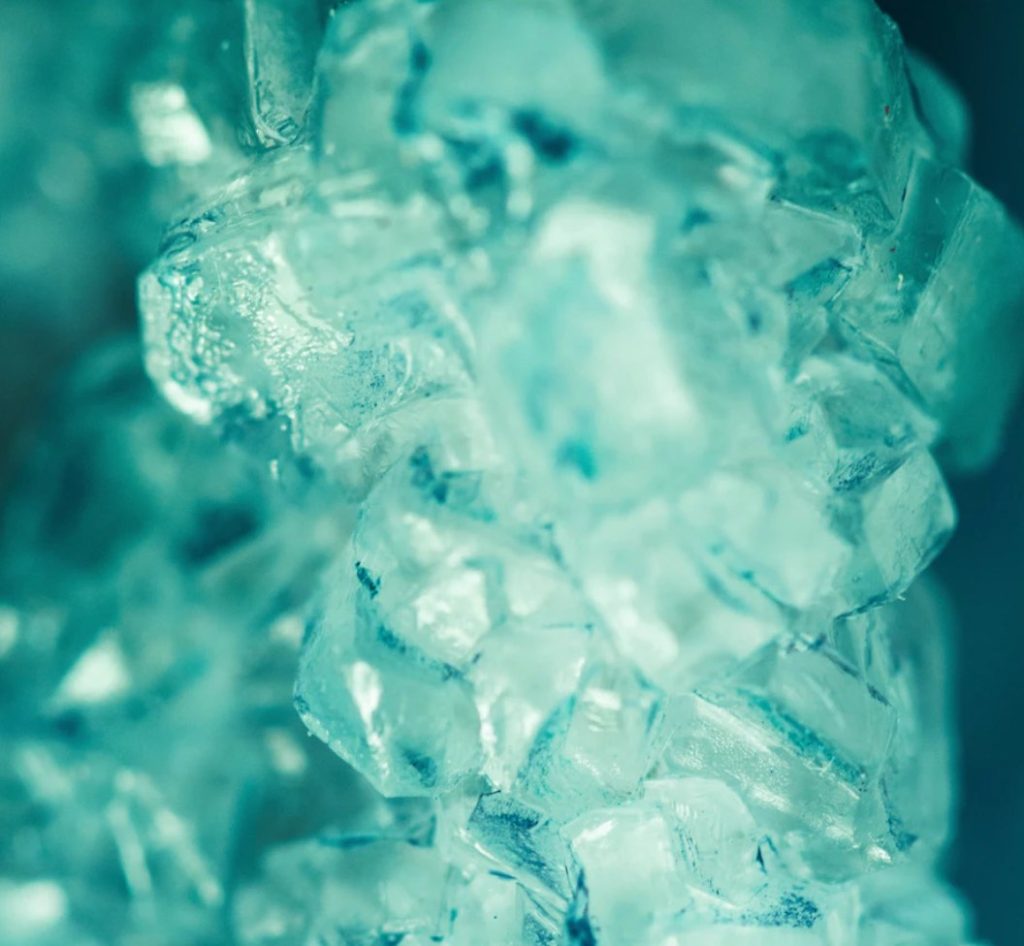
After several minutes the ice maker activates a solenoid valve that is connected to the heat exchanging pipes. When this valve is activated it changes the direction of the refrigerant. The compressor starts to force the gas into a bypass tube. Without condensing, the hot gas is cycled back to the evaporator causing the heat exchanging pipes and the ice tray to heat up rapidly. This will loosen the newly formed ice cubes.
In the more popular ice machines the ice trays are generally slanted, so once the ice heats up it will slide out on its own. Other ice machines have a cylinder piston that knocks the ice out of the tray.
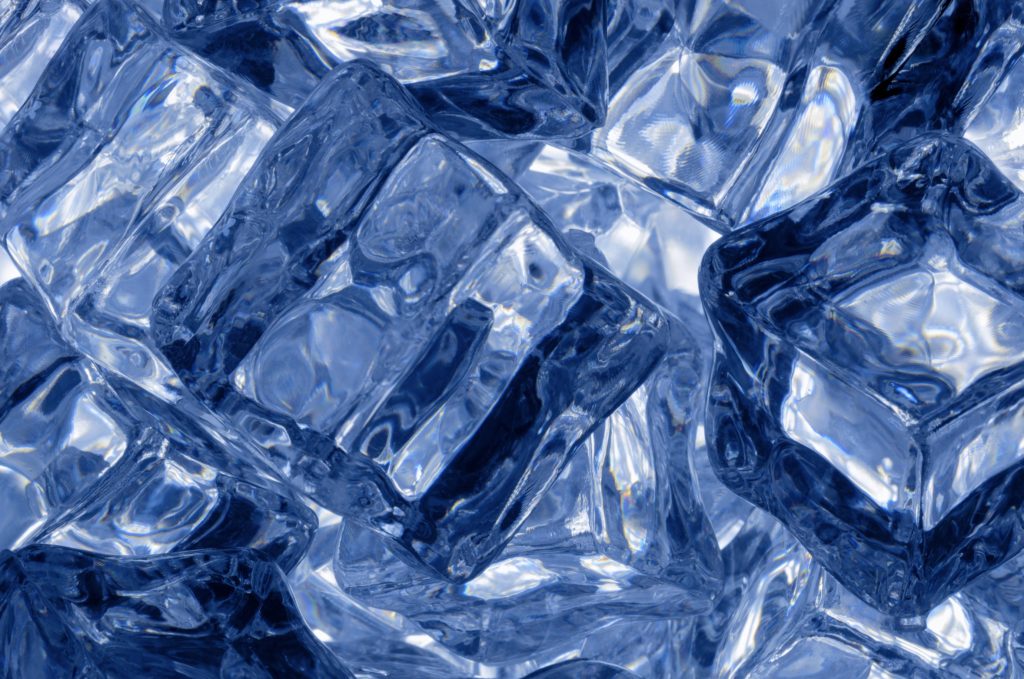
If you are looking for an ice machine repair service, you can check out our appliance repair page.

